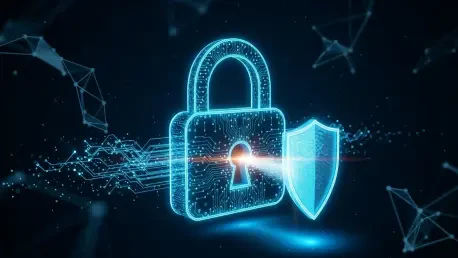
What if the invisible cracks in a computer’s brain could spill your most guarded secrets to unseen attackers, revealing the fragility of the systems we rely on every day? In today’s cloud-driven world, where businesses entrust sensitive data to virtual machines on shared hardware, a chilling

In an era where cybercrime is becoming increasingly sophisticated, the hospitality industry faces a formidable adversary in the form of the hacking group known as RevengeHotels, also identified as TA558. This threat actor has been active for nearly a decade, honing its craft to steal sensitive

Imagine a hacker sitting in a parked car outside a busy office, cracking into a secure Wi-Fi network in mere seconds using a decade-old exploit, a scenario that is not just a plot from a cyber thriller but a genuine threat known as the Pixie Dust Wi-Fi hack. First identified over ten years ago,

I'm thrilled to sit down with Matilda Bailey, a renowned networking specialist with deep expertise in cellular, wireless, and next-generation solutions. With a career dedicated to navigating the evolving landscape of cybersecurity, Matilda brings a wealth of knowledge on how companies respond to

Imagine a sprawling industrial facility where machines hum tirelessly, controlled by intricate systems, yet a single cyber breach could halt operations in seconds, costing millions in losses and downtime. This scenario underscores the urgent need for seamless integration between Information

What happens when the tools designed to make software development faster and smarter become a hidden liability? In an era where artificial intelligence (AI) is transforming the coding landscape, a startling 75% of developers rely on AI tools to write code, yet only 42% trust the accuracy of the